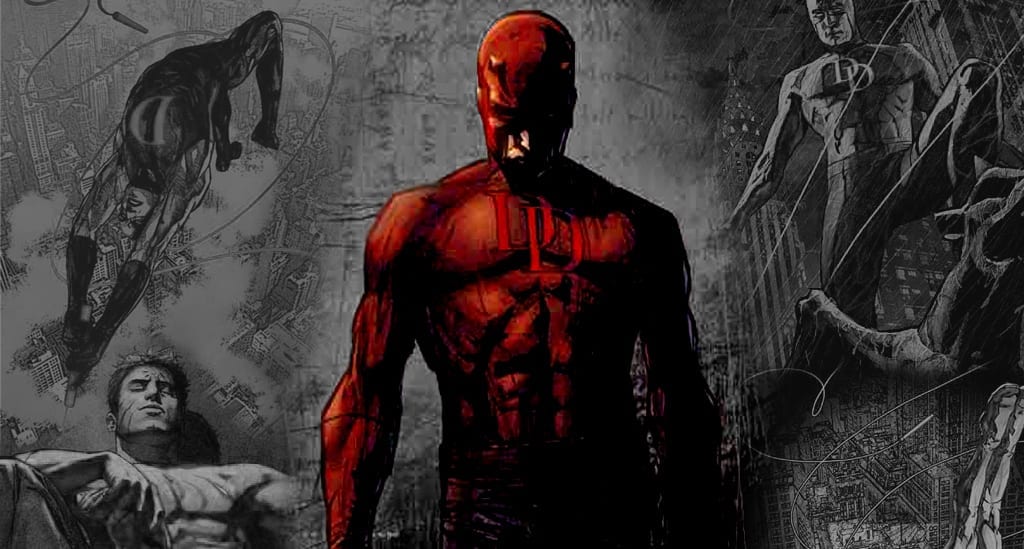We can all say it, the 2003 film version of Daredevil flat-out sucked. Some of the performances are fine, but even those do very little to make up for how boring and unoriginal the film is overall. 2015’s Netflix series adaptation of Daredevil, is fantastic, and is pretty much the exact opposite. In every moment of the show that feels like it might go to the worst superhero tropes, the show finds new ground to break.
So what makes this attempt work, when the previous one absolutely did not?
(Warning for spoilers throughout this article).
Wilson Fisk
The first thing contributing to Daredevil’s success is that they make the primary antagonist, Wilson Fisk (played wonderfully by Vincent D’Onofrio) interesting, and fully developed. You see his logic and have moments of empathy for him, largely driven by giving him the only fully developed romantic storyline of the season, as well as a gut-wrenching backstory. Even in his antagonistic actions, he feels like a real-life villain in many ways. His plans largely involve corrupt gentrification, an issue that is very real in large, impoverished American cities right now. He makes himself look like a public hero by promising to bring about new, modern changes to Hell’s Kitchen through some methods that are becoming major ways to reimagine cities.
This is a very different way to show an antagonist, especially in a comic book adaptation. Fisk is never villainous without some reason, and every move he makes is calculated and fits within his overall plan. Though twisted, he has a personal morality that he sticks to quite rigidly until his plan gets thrown out of balance, driving him to more outright and over-the-top acts of evil. The storyline of the first season ends up being arguably more of an origin story of Fisk becoming the Kingpin character from comics than it is about Matt Murdock becoming Daredevil.
Blindness as a Superpower
The next way they make the show believable is the way they explain Matt Murdock/Daredevil’s special abilities. They explain that his blindness actually enhances his ability to inspect the world around him by heightening his other senses, but do so without the use of typical origin story tropes. The film explains Murdock’s ability to “see” the world around him as sonar, which is very in line with the comics. The show doesn’t explain things so simply, though. It shows that his abilities work through complex coordination and enhancement of all his remaining senses. By showing him use signs such as heart rate, or feeling the slightest movement of air against his skin, the show makes Daredevil’s abilities feel plausible to the viewer, which is always an impressive accomplishment in a superhero story.
In reality, though, some of the concepts behind Daredevil’s abilities are actually fairly sound. There are numerous examples of humans using echolocation to overcome blindness, such as Ben Underwood, who garnered a large amount of media attention for his abilities before tragically passing away at 19 from the same cancer that took his eyes early in life. The same concept of using alternative sensory methods are actually now being implemented in fields where visual observation have long been the standard. Researchers studied technology that locates gunshots using sound detection sensors, and found that this method has some serious advantages over visual observation, or average human hearing.
Why Does it All Work?
What makes Daredevil work the second time around is by excelling at the same things the movie failed at. Instead of giving the audience a trope-filled comic book story, it uses interesting characters, unique storylines, and gripping action sequences to keep viewers captivated. The biggest factor in what makes this show successful, though, is the way it grounds a story that feels inherently preposterous, and makes it feel largely believable.
Words by Zachary Evans
